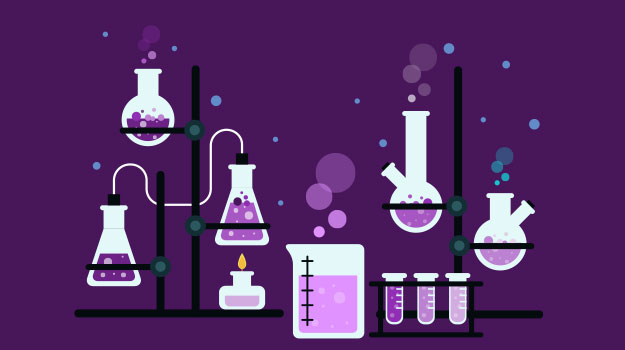The person who solved the mystery of liquefaction of gases: Who is Thomas Andrews?
Today, liquefied gases are used in many areas, from making artificial fertilizers and soft drinks to cutting mines and oxygen supply.

(1813-1885) Irish physical chemist. He introduced the concept of "critical temperature" in the liquefaction of gases. He was born on 19 December 1813 in Belfast. After studying in Belfast, Glasgow, and Dublin, he worked with the chemist Dumas in Paris. Dumas had a great influence on Andrews's orientation to physical chemistry. After earning his degree from Edinburgh University School of Medicine in 1835, he returned to Belfast and focused on laboratory research while practicing medicine. Admitted to the Irish Royal Academy in 1839 and to the Royal Society in London in 1849, Andrews continued his chemistry professorship at Queen's College Belfast, where he was appointed the same year until his health deteriorated and he retired in 1879. He died in Belfast on 26 November 1885.
Andrews, who made studies on the generation of electricity by chemical means, the heat energy in chemical reactions, and the structure of ozone (Or), proved that ozone, which was first defined by Schönbein, is a different state (allotrope) of oxygen. While his early research was important, his most important contribution to chemistry was his work on the liquefaction of gases. The ability of gases to condense into a liquid state was known before Andrews. Faraday and Regnault, in particular, were able to liquefy many gases. Only hydrogen, oxygen, nitrogen, carbon monoxide, nitrogen monoxide, and methane could not be liquefied. For this reason, they were called non-liquefiable (permanent) gases. Andrews did not get a positive result, even though he applied very high pressure to these gases in 1861. As he continued his research, he realized that no matter how high pressure is applied, above a certain temperature, which varies with each gas, gases will not liquefy. In 1869, he defined this point, which he called the "critical temperature," as the liquefaction temperature of gases, and explained that the transition of matter from the gaseous state to the liquid state is a continuous process.
The concept of critical temperature led to the idea that gases that could not be liquefied until then could be liquefied by cooling methods. In 1877, Cailletet, and then Pictet, succeeded in liquefying all permanent gases except hydrogen by cooling them to a temperature below their critical temperature and applying pressure. Later, Wroblewski and Dewar carried out the liquefaction of the hydrogen. Today, liquefied gases are used in many areas, from making artificial fertilizers and soft drinks to cutting mines and oxygen supply. On the other hand, it is also possible to separate the gases in the air by liquefaction.
Thomas Andrews – discoverer of critical temperatures of gases
https://www.worldofchemicals.com/91/chemistry-articles/thomas-andrews-discoverer-of-critical-temperatures-of-gases.html
